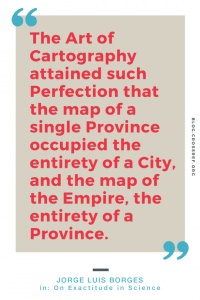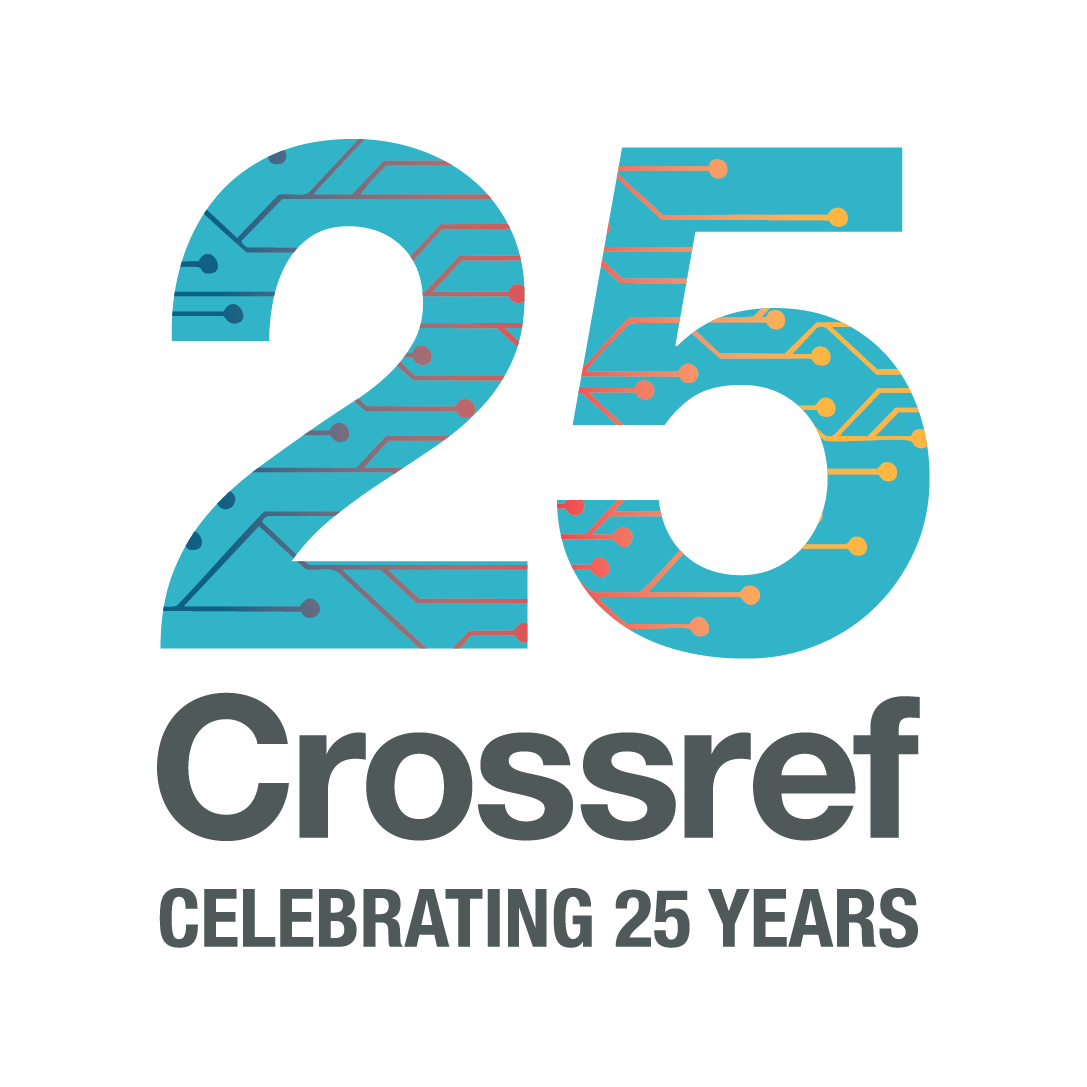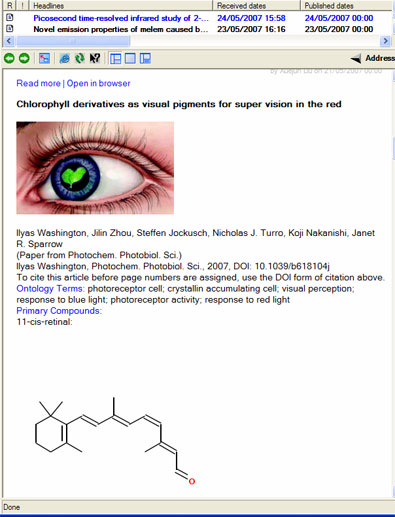In the 2015 Crossref Annual Meeting, I introduced a metaphor for the work that we do at Crossref. I re-present it here for broader discussion as this narrative continues to play a guiding role in the development of products and services this year.
 At Crossref, we make research outputs easy to find, cite, link, and assess through DOIs. Publishers register their publications and deposit metadata through a variety of channels (XML, CSV, PDF, manual entry), which we process and transform into Crossref XML for inclusion into our corpus. This data infrastructure which makes possible scholarly communications without restrictions on publisher, subject area, geography, etc. is far more than a reference list, index or directory.
At Crossref, we make research outputs easy to find, cite, link, and assess through DOIs. Publishers register their publications and deposit metadata through a variety of channels (XML, CSV, PDF, manual entry), which we process and transform into Crossref XML for inclusion into our corpus. This data infrastructure which makes possible scholarly communications without restrictions on publisher, subject area, geography, etc. is far more than a reference list, index or directory.











